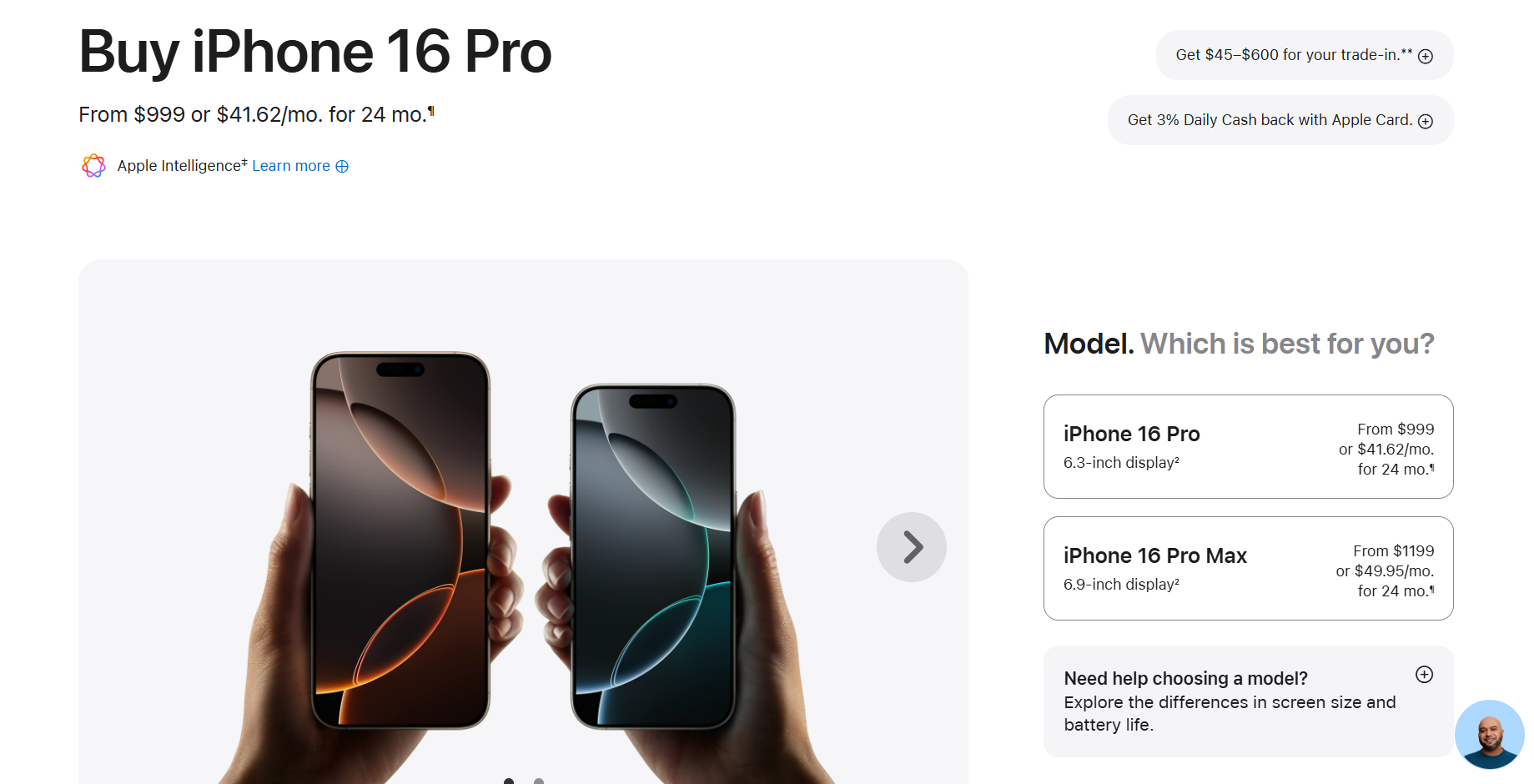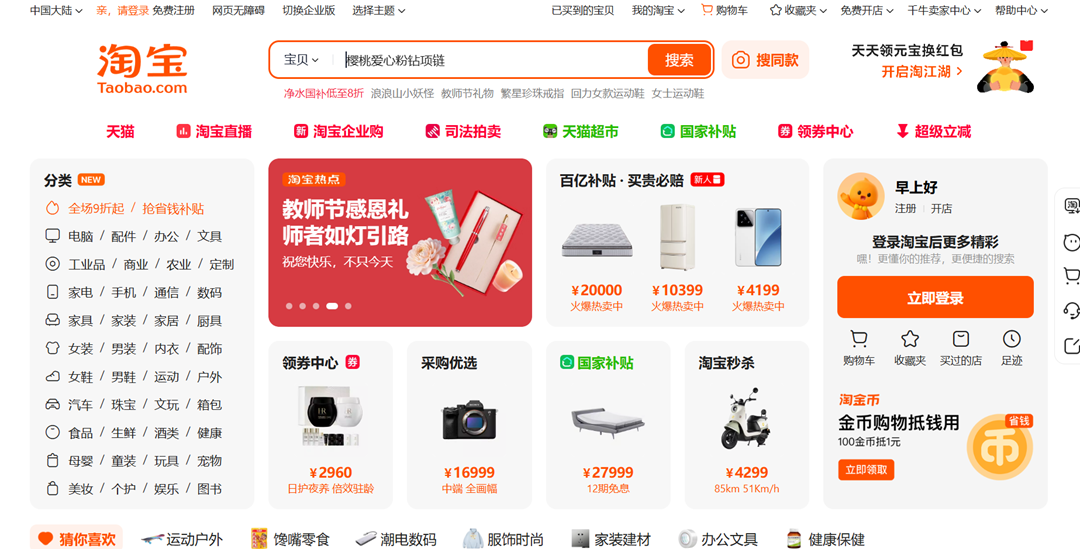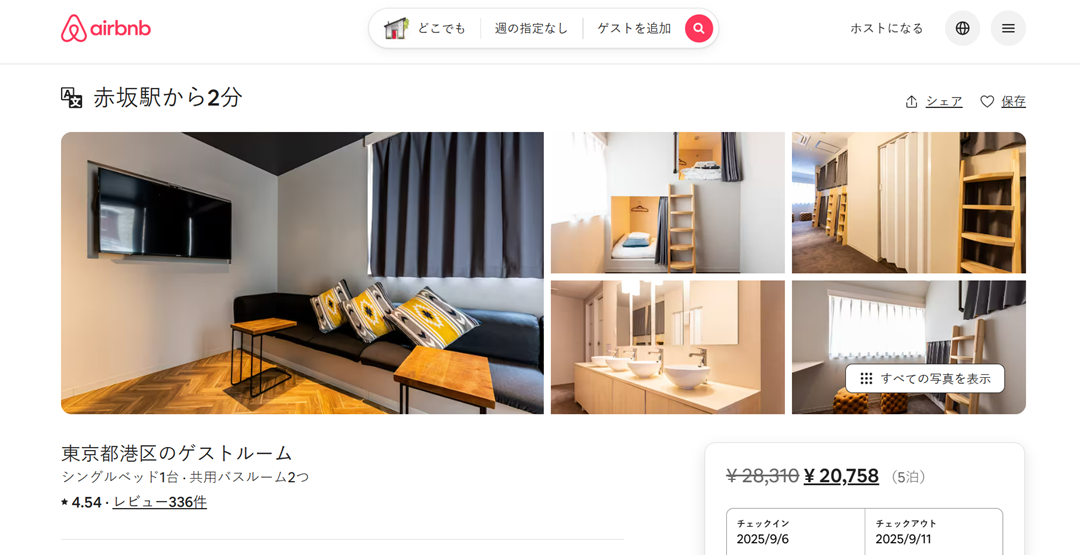Cross-cultural web design is an important aspect often overlooked by many digital businesses. Website design is not only about attractive visuals, but also about how elements such as colors, symbols, layout, language, and navigation can adapt to the cultural context of different audiences. When a website aligns with its visitors’ cultural values and preferences, user trust and comfort levels increase, ultimately driving higher conversions.
This article will discuss how culturally influenced web design elements such as color, symbols, layout, language, and navigation can affect user behavior, build trust, and directly impact conversion rates. Let’s start!
Key web design elements affected by culture

Web design is never universal. Color, imagery, layout, language, and navigation can be interpreted differently depending on the audience’s cultural background. Understanding how culture influences these design elements is essential for creating a website that delivers the right experience for a global audience.
Color psychology

Colors carry different meanings across cultures and can shape how users respond to a website. For example, red in China symbolizes luck and happiness, while in many Western cultures it is often associated with danger or warning. These differences in meaning can directly impact how users perceive credibility and visual appeal.
Take an e-commerce brand as an example. A red CTA button in the U.S. may create a sense of urgency, while in East Asia, it could evoke positivity and good fortune. This simple adjustment can significantly increase click-through rates and conversions.
Imagery and symbolism
The use of imagery and symbols is also deeply influenced by cultural values. Some audiences prefer visuals highlighting individuals, while others respond better to group-focused imagery. For instance, audiences in Japan often value harmony and community, so images emphasizing collective groups may resonate better than individual portraits.
Symbols can also have double meanings. An owl, for example, is a symbol of wisdom in Western cultures but can be considered a bad omen in some parts of Asia. Using the wrong symbol can reduce trust and discourage users from engaging with the site.
Layout preferences

Cultural norms often influence layout preferences. In more individualistic cultures such as those in Western countries, users prefer clean, minimalist designs with generous white space, allowing them to focus freely. In contrast, collectivist cultures like India or China are more accustomed to information-dense layouts filled with visuals and multiple options.
A clear example can be seen in global tech companies. The U.S. version of a website might showcase a minimalist layout highlighting a single core message. In contrast, the Asian version might present more detailed information and multiple choices to meet local expectations.
Language nuances
Language is not just about literal translation but also about how the message is delivered. A casual tone that works well in the U.S. might be seen as unprofessional in Germany or Japan, where formality is often valued. Word choice also plays a role, as certain terms can carry different connotations across cultures. For example, global e-commerce platforms like Amazon tailor their product descriptions to local markets, short and persuasive in the U.S., but more detailed and information-heavy in Japan, where consumers prefer thorough product understanding.
This is where translation tools alone fall short. A solution like Linguise automatic translation helps bridge this gap by offering real-time multilingual adaptation, ensuring that tone, formality, and cultural nuance align with each market’s expectations.
Navigation styles

Navigation styles are another area influenced by culture. Users from high-context cultures (such as Japan or Saudi Arabia) are more comfortable with exploratory navigation that relies on context to make sense of information. In contrast, users from low-context cultures (like the U.S. or Germany) prefer direct, structured navigation with clear labels.
For example, on NHK.jp, users see a wide range of categories displayed upfront in the sidebar, reflecting a high-context culture that favors information-rich layouts and exploratory browsing.

In contrast, CNN.com presents only a few top-level categories with dropdowns for subtopics, showing a low-context preference for simplicity and quick access. This contrast highlights how cultural expectations shape the way websites structure navigation.

The effects of cultural design on user behavior

Cultural design is how users interact with it and the decisions they make. Different cultures interpret visuals, layouts, language, and even navigation styles uniquely. By understanding these differences, businesses can design intuitive and trustworthy websites for global audiences, ultimately influencing engagement and conversion rates.
Visual preferences across cultures
Cultural backgrounds heavily affect how users perceive and prefer visual elements. Western audiences often lean toward simplicity and minimalism, valuing whitespace and clean lines. On the other hand, audiences in regions like East Asia or Latin America may prefer more vibrant, information-rich visuals that reflect energy and abundance.
For example, Apple’s U.S. website typically showcases a sleek design with bold visuals of one product at a time, highlighting clarity and focus.

In contrast, e-commerce platforms in China like Taobao or JD.com present multiple offers, banners, and colorful promotions all at once, reflecting a cultural preference for choice and abundance.

Impact of imagery on user perception
Images are powerful tools in shaping how users feel about a brand, but cultural context determines whether they build trust or cause dissonance. In collectivist cultures, images showing groups of people can create a sense of belonging and reliability. Meanwhile, in individualistic cultures, people often connect more strongly with images of individuals achieving personal success.
A well-known example is Coca-Cola’s localized campaigns. In Western countries, ads often feature individuals enjoying the drink as a symbol of personal refreshment. In Asia, however, campaigns highlight family gatherings or group celebrations, using imagery to reinforce the cultural value of togetherness.
Language, tone, and cultural communication
Language does more than convey information, it reflects values and expectations. In high-context cultures like Japan, subtlety and politeness are key, so content tends to be more formal and respectful. In low-context cultures such as the U.S., a direct and conversational tone is often more effective.
For example, a slogan like “Just Do It” resonates strongly with U.S. audiences because of its bold and motivational tone. However, in Japan, Nike often adapts its messaging to emphasize community, discipline, and respect for tradition, aligning better with local values. This shows how tone and communication styles must adapt to resonate across cultures.
Cultural factors affecting trust and credibility

Trust is fundamental in user behavior, but what builds trust differs by culture. Trust often comes from professional design, secure payment symbols, and clear U.S. or European policies. In emerging markets, however, trust can depend more on localized endorsements, visible customer support, or familiar regional payment methods.
Alibaba provides a strong example of this. Its platforms highlight secure payment options widely used in China, such as Alipay, while featuring ratings and reviews prominently. These elements build credibility within the cultural context of Chinese consumers, who rely heavily on peer validation and trusted payment systems.
Engagement patterns and local expectations
Cultural values shape how long users engage with content and their preferred interaction. For instance, Western users often want quick access to information, valuing concise content and streamlined paths to purchase. In contrast, users in cultures like Japan or South Korea may engage longer with detailed product descriptions, multimedia, and comparisons before making a decision.
Amazon adapts to this by tailoring product pages differently. In the U.S., descriptions are concise and supported by user reviews. In Japan, listings are more detailed, offering extensive technical information and multiple visuals. This adaptation caters to the local expectation of thorough research before purchase.
Conversion behavior across cultural contexts
Cultural design directly affects whether users decide to convert, whether that means purchasing, signing up, or engaging with a service. Cultures that value urgency may respond well to limited-time offers and countdown timers. In contrast, cultures prioritizing trust and community may need more reassurance through testimonials, endorsements, or detailed guarantees.
For instance, Groupon’s campaigns in Western markets emphasize urgency and exclusivity with bold time-limited deals. In Asian markets, the focus often shifts to group discounts and community-driven offers, reflecting the collectivist nature of decision-making. Both approaches drive conversions, but in ways aligned with cultural values.
Best practices for global-friendly web design

Designing a website for a global audience requires more than simply translating text—it demands a thoughtful approach to culture, user expectations, and technological adaptability. By following best practices, businesses can create websites that not only look appealing but also feel intuitive, trustworthy, and relevant across different cultural contexts.
Conducting cultural research before design
Before creating a website for an international audience, it’s essential to research cultural values, behaviors, and expectations. This involves understanding local traditions, digital habits, and visual style or communication preferences. Without this research, businesses risk designing websites that feel foreign or even offensive to their target audience.
For example, a company launching in Japan should know that consumers value thorough product details and polite communication, while in the U.S., users often prefer efficiency and bold, straightforward messaging. This type of insight ensures that the foundation of the design aligns with local norms and avoids cultural missteps.
Adapting layouts and navigation for local preferences
Website structure plays a big role in how users engage. Some cultures prefer minimalist designs with simple navigation, while others expect denser layouts offering multiple browsing options. Adapting the layout ensures the website feels natural to the user rather than forcing them to adjust to unfamiliar patterns.
For instance, Scandinavian websites often showcase minimalism with clear menus and lots of whitespace. Meanwhile, Chinese e-commerce platforms typically feature busy homepages with promotions, links, and interactive sections. Each approach reflects cultural comfort zones, and adapting navigation styles helps improve usability across markets.
Using color, imagery, and symbols appropriately

Colors and images carry cultural meaning that can vary dramatically between regions. A color symbolizing good fortune in one culture may represent mourning in another. Similarly, imagery and icons can evoke different emotions depending on cultural interpretation. Designing with these nuances in mind helps avoid confusion and fosters positive user experiences.
For example, red is widely associated with luck and celebration in China, but can symbolize warning or danger in Western contexts. A brand that tailors its visual elements accordingly demonstrates cultural sensitivity and increases its chances of connecting with users on an emotional level.
Localizing language and tone for target audiences
Language localization it requires adjusting tone, style, and phrasing to reflect how people communicate in a given culture. A casual, humorous tone may resonate with Western audiences but may come across as disrespectful or unprofessional in regions where formality is valued.
A clear example can be seen in how Airbnb adapts its website copy. In the U.S., its messaging feels personal and warm, inviting users to “belong anywhere.” In Japan, however, the tone is more formal and respectful, acknowledging cultural norms around politeness and community. This adaptation helps maintain credibility while strengthening brand identity locally.
Implementing multilingual and adaptive content

Offering content in multiple languages is a crucial step for global-friendly design, but ensuring that the content adapts well to different cultural contexts is equally important. This includes adjusting layout spacing for languages that take up more space (like German) or read from right to left (like Arabic). Beyond translation, adaptive content also involves tailoring product descriptions, promotions, or even imagery to suit the expectations of local users. For example, McDonald’s adapts not only its menus but also its website design and content across regions, ensuring users feel the brand is speaking directly to them in a familiar way.
Managing multilingual websites manually, however, can be overwhelming. This is where Linguise automatic translation makes a difference. It provides instant and accurate translations, adapts layouts for different language structures, supports SEO optimization for each localized version, and ensures real-time updates across all pages. With these capabilities, businesses can easily scale globally while maintaining cultural relevance and delivering a seamless user experience.
Validating design with cross-cultural testing
Even the best research and design adaptations need validation through user testing. Cross-cultural testing allows businesses to see how users from different backgrounds interact with the website. This helps uncover pain points, misinterpretations, or elements that don’t resonate as intended.
For instance, a navigation design that works smoothly in the U.S. might confuse users in India, where browsing habits differ. Designers gain practical feedback by conducting usability tests across cultures, leading to more inclusive and effective design improvements.
Leveraging technology for personalized global experiences
Technology can bridge cultural gaps by delivering personalized content based on user data, location, or browsing habits. Features like automatic language detection, geotargeted promotions, and adaptive recommendations can make users feel that the website was designed with their needs in mind.
Streaming platforms like Netflix excel at this approach. While the interface remains globally consistent, the content library, recommendations, and promotional banners are localized for each market. This blend of global consistency and local personalization demonstrates how technology can elevate user experience across diverse audiences.
Measuring outcomes of cross-cultural web design

Measuring the success of cross-cultural web design is essential to ensure that the strategies applied are truly effective. Without clear data, it’s difficult to determine whether design changes impact user trust, engagement, or conversion rates. Below are several key ways to evaluate the outcomes.
Tracking conversion rates
Conversion rate is the most direct indicator of whether cross-cultural design is working. For instance, if a localized version of a website generates more purchases or sign-ups compared to the global design, that’s a positive sign. Companies can compare data before and after implementing culturally adapted designs to see measurable improvements.
For example, an e-commerce site adjusting colors and symbols to match Japanese culture may increase transactions because the design feels more familiar and trustworthy.
Measuring engagement metrics
Beyond conversions, user engagement is a crucial metric. Indicators such as bounce rate, average session duration, and number of pages viewed help reveal whether users feel comfortable and engaged with the website.
A culturally friendly design encourages a better experience if users spend more time exploring and return more frequently after cultural adjustments.
Evaluating user trust and satisfaction
User trust can be measured through satisfaction surveys, Net Promoter Score (NPS), or direct customer feedback. These qualitative insights complement quantitative data, since even if conversions rise, it’s still important to understand how users perceive their experience.
For instance, in Middle Eastern markets, the use of formal language and local symbols can increase perceptions of professionalism and trust, often reflected in higher survey scores.
A/B testing across cultures
A/B testing allows companies to compare a global design with its localized counterpart. This method reveals which design elements influence outcomes, such as button colors, layout styles, or wording of calls-to-action.
For example, a red “Buy Now” button may work well in the U.S., while a green version could perform better in Southeast Asia. A/B testing data helps teams make evidence-based decisions instead of relying on assumptions.
Monitoring campaign or market specific KPIs
Each campaign or market may have unique indicators worth tracking. For example, click-through rates (CTR) for European digital ads can be compared with those in Asia to evaluate whether culturally tailored visuals grab attention more effectively.
By aligning KPIs with goals and local markets, companies can ensure that cross-cultural design supports overall business strategy.
Case studies: Successful examples of cross-cultural web design
Real-world examples often illustrate the impact of cross-cultural web design more effectively than theory alone. By looking at how global brands adapt their websites to local cultures, we can see how design decisions influence user behavior, trust, and overall business success. Below are two well-known companies that have successfully implemented cultural adaptations in their digital experiences.
Case Study: Airbnb in Japan
When Airbnb entered the Japanese market, the company quickly realized that the communication style used in its U.S. platform didn’t resonate well with local users. While American audiences respond positively to casual, friendly, and playful messaging, Japanese culture emphasizes formality, respect, and detailed information. To adapt, Airbnb localized its website by using more polite and formal language, adjusted imagery to reflect Japanese hospitality, and provided clearer explanations of rules and policies.
These changes helped Airbnb build trust among hosts and guests in Japan, leading to higher adoption rates and improved user satisfaction. The case highlights how adjusting tone and cultural communication in web design can directly impact user trust and conversion in markets where credibility and respect are key.

Case Study: McDonald’s India
McDonald’s provides another example of successful cross-cultural web design adaptation. In India, where a significant portion of the population follows vegetarian diets, the company tailored its menu and website presentation to local preferences. Instead of highlighting beef-based products, popular in Western markets, McDonald’s India showcased vegetarian options and chicken-based meals more prominently on its website and digital campaigns.
Using familiar color palettes such as green (associated with vegetarian food) and culturally relevant imagery created a sense of connection with local audiences. This strategy improved engagement and boosted online ordering conversions, proving that culturally sensitive visual design and product presentation can significantly influence customer behavior.

Conclusion
Cross-cultural web design determines how users connect with and respond to digital platforms. By aligning design elements such as colors, imagery, layout, language, and navigation with cultural values, businesses can foster stronger trust and deliver more intuitive user experiences. The impact is visible in enhanced engagement and higher conversion rates, as users feel the website reflects their identity and expectations.
Adopting the right tools can simplify this process, such as Linguise, which provides seamless multilingual translation and adaptation support. Start using Linguise on your website today to create culturally relevant experiences that resonate with users worldwide.




